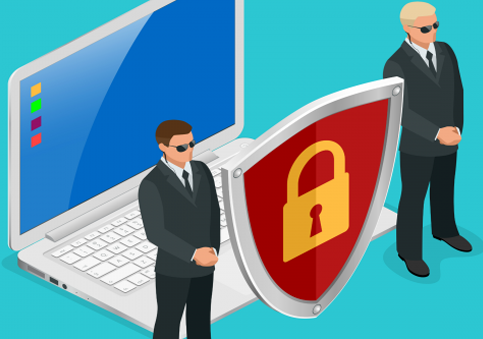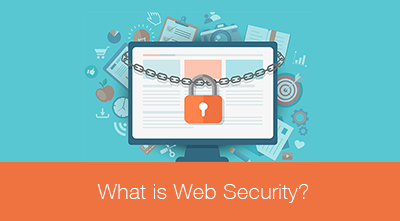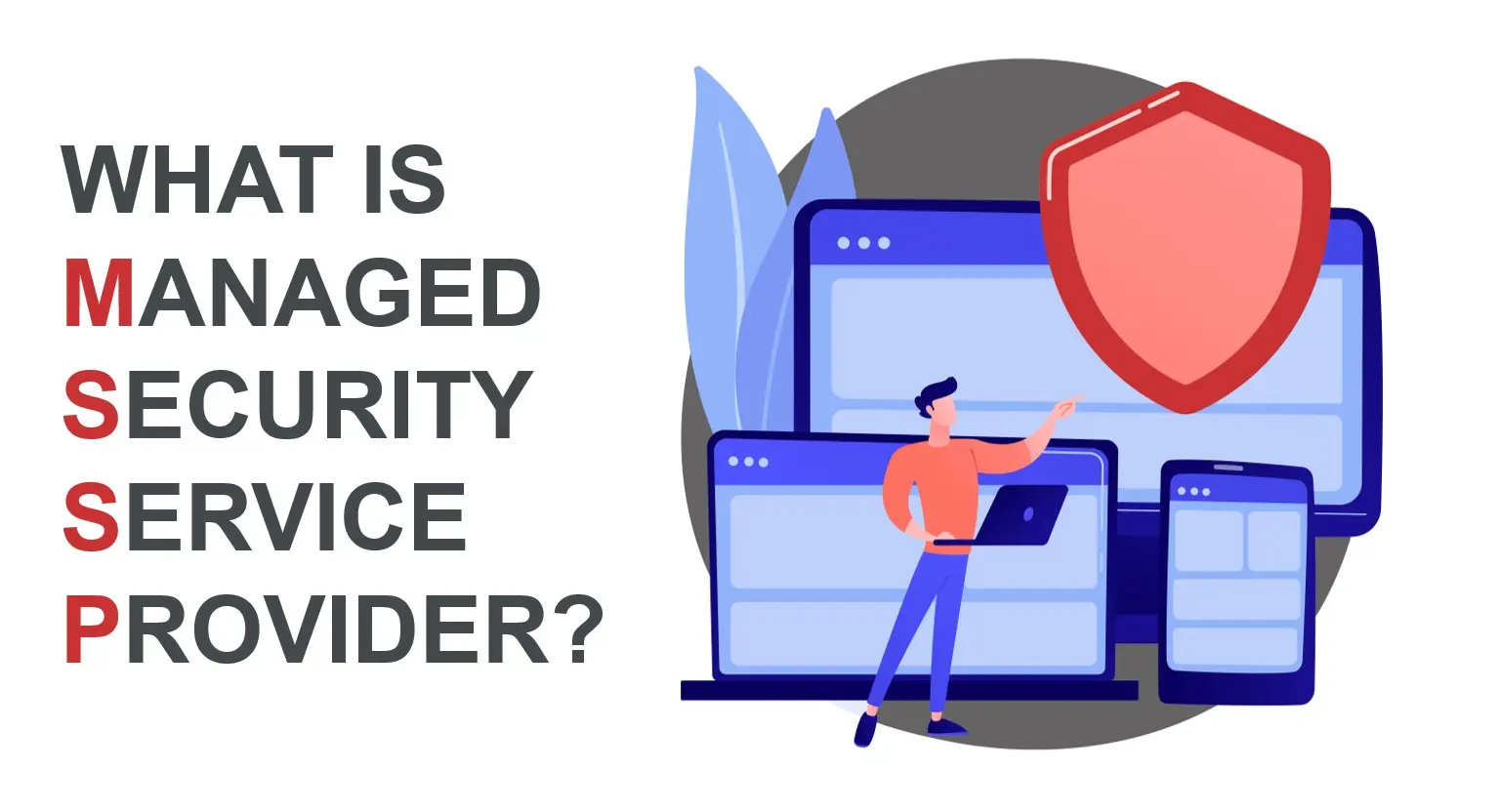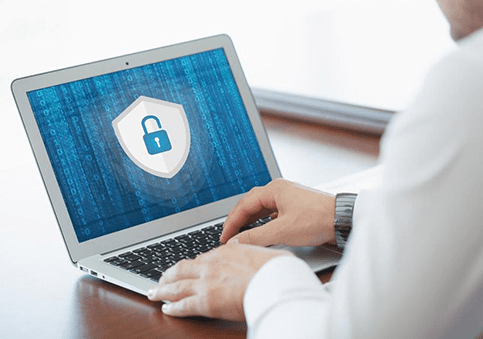What Is Network Protection?
Updated on October 11, 2022, by Xcitium
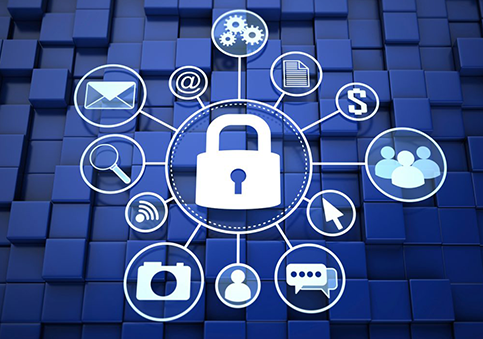
Businesses are getting digitally transformed and this demands a robust security system to secure the digital assets, sensitive business and client data from viruses, malware, data loss, and hackers. A network protection system would establish a complete protection management platform for organization network, while an endpoint security system would be a good option for protecting individual devices.
PCs, mobile phones, tablets or any device that include a system are related to as endpoints. These endpoints are deployed either to enhance the productivity or to increase the efficiency, may likewise be a fruitful source for dangers to enter and compromise the system and cause a data breach. All things considered, endpoint security administration may go about as another layer of guard that could authorize the protection given by the network protection.
Deploying endpoint security software particularly in a business set up is essential and important because it protects all the sensitive business and client-oriented information from hacker’s malicious attacks and prevents data loss and identity theft that may harm the entire system if not managed on the endpoint level.
Network Protection From Malicious Attacks
So by what means would endpoint security system be able to secure from malicious threats? Most endpoint security features an inbuilt antivirus software which identifies and removes the malware infections. It also includes an anti-spyware which shields from spyware that accumulates data without the users’ knowledge through an established internet connection.
The endpoint security software may also include other features like firewall, HIPS – Host Intrusion Prevention System, Whitelisting, and Vulnerability assessment to assure protection from malicious software
Most host-based firewall accompanies the device’s operation system, however, endpoint security software incorporates it in their key features for an upgraded security. Essentially, what sets a host-based firewall from a system firewall is that, while both are introduced in a solitary machine, a host-based firewall just concentrates on the outgoing and incoming aspects of one endpoint while a system firewall, utilizes just one system, battles against an entire corporate system and deals with the incoming and outgoing activities of each endpoint.
Most of the host-based firewall comes with the operating system of some devices but endpoint security software also includes it in their key features for an enhanced protection. Basically, what sets a host-based firewall from a network firewall is that, while both are installed in a single machine, a host-based firewall only focuses on all the incoming and outgoing activities of one endpoint while a network firewall, using only a single machine, defends a whole corporate network and manages the incoming and outgoing network activities in each endpoint.
Host intrusion prevention system or HIPS, may be considered to work in correspondence with firewalls. Its vital function is to manage and dissect the internals of a system and in addition, the system packets on the interface of the network in order to guarantee everything is on the right track inside a figuring gadget and nothing is being bargained inside which may give path for malicious interruptions. It might likewise be considered as a type of the second line of barrier beside a firewall since it unpredictably investigates from within to ensure that nothing noxious has stealthily moved beyond the firewalls and into the framework.
Vulnerability assessment, a component that is to some degree like HIDS, fundamentally characterizes, recognizes, and categorizes security gaps in a PC or system. What separates it from HIDS is that it doesn’t just distinguish abnormalities, however, examines the benefits of a PC framework and organizes those features that need more support or protection.
In addition to all the above-mentioned features, the endpoint security application also has application whitelisting which keeps unapproved programs from running on a PC. At the point when a user attempts a specific program installation, the whitelisting application examines the program if it is a genuine program and not a malware that masks as a genuine program. Application whitelisting likewise limits installing specific projects that may request excessive system assets from a device and consequently intrude on certain business-related tasks which should rather be organized.
Defending Data Assets
Endpoint security system assures that the information is protected from data breaches. Corresponding to such concerns, an element called Data Loss Prevention (DLP) keeps end-clients from exchanging crucial snippets of data outside the corporate system.
A case of a DLP’s capacity is that it is not allowed to share of substantial records through an open cloud, email, or even through free document sharing sites. At the point when such exercises occur, a productively working DLP will end the procedure once it has been distinguished or will just not take into account the procedure to happen.
A feature to control the system is vital as far as limiting file exchange and exfiltration procedures. Since this feature restricts end-clients in getting to or introducing certain gadgets might be restricted as a component of securing the information spared in a processing machine. The device itself may likewise be tweaked such that ports and centers are impaired where outer capacity drives might be associated for record exchanging.
Storage encryption is additionally a creative and viable information protection mechanism wherein security is escalated on an information by utilizing encryptions and decodings.
Other than endpoint security programming or projects, some IT supervisors additionally require other malware prevention procedures, for example, receiving system edge security, implementing complex password policies, compelling end-user instruction, data access logging, and solutions and preparedness for system recovery.
In looking for the best endpoint security system that you might want to protect enterprise networks, Xcitium. Endpoint Security system works best. It has the following features
- Auto-Sandboxing
- Xcitium. Firewall
- Antivirus
- Web URL Filtering
- Host Intrusion Prevention
All the above-mentioned features come with a single cost-effective package to protect enterprises from small to big from both known and unknown threats.

